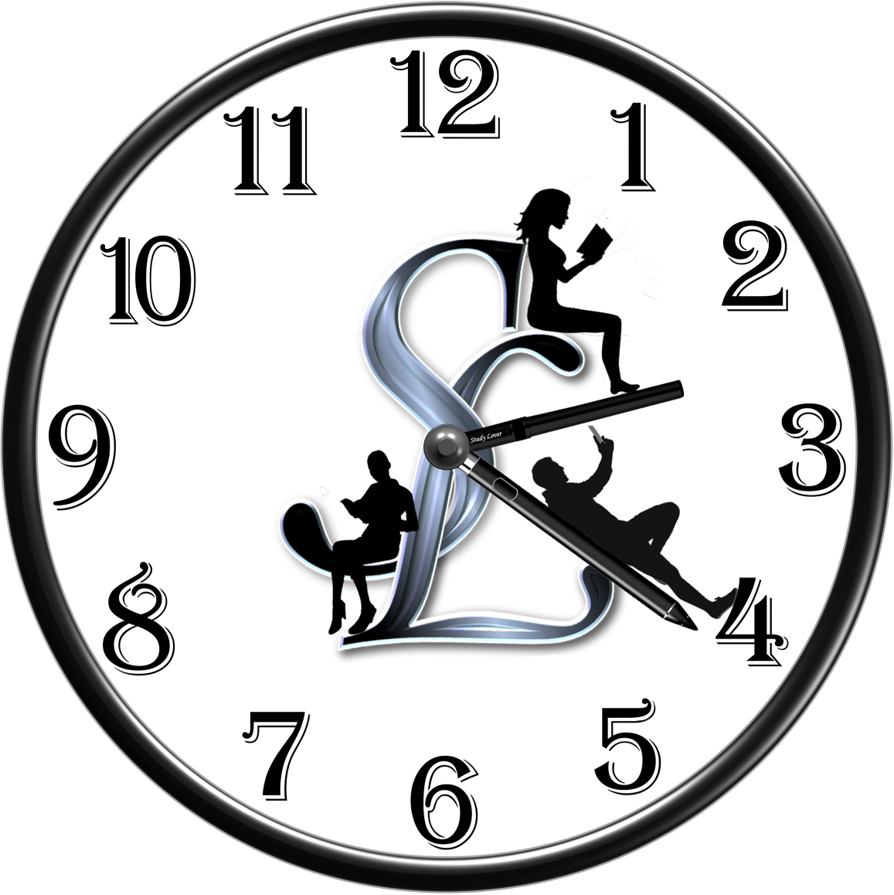Use of switch involves techniques like intentional fall-through for grouping cases, using ranges for conciseness, pairing it with enums for type safety, and understanding its implementation as an efficient jump table.
switch Statement Techniques in C 🔀
Beyond simple multi-way branching, the switch statement has powerful features and a low-level implementation that can be exploited for writing highly efficient and sometimes complex control-flow patterns.
1. Intentional Fall-Through for Grouping Cases
The fact that a case block continues execution into the next one without a break is called fall-through. While often a bug, it can be used intentionally and effectively to apply the same code to multiple cases.
Example
This function checks if a character is a vowel. All the vowel cases fall through to the same return statement.
C
#include <stdio.h>
#include <stdbool.h>
bool is_vowel(char c) {
switch (c) {
case 'a':
case 'e':
case 'i':
case 'o':
case 'u':
case 'A':
case 'E':
case 'I':
case 'O':
case 'U':
return true; // All vowel cases fall through to here
default:
return false;
}
}
int main() {
printf("Is 'a' a vowel? %d\n", is_vowel('a')); // Prints 1 (true)
printf("Is 'Z' a vowel? %d\n", is_vowel('Z')); // Prints 0 (false)
return 0;
}
2. Using enum for Robust switch Statements
Pairing a switch statement with an enum is a powerful pattern for creating readable and maintainable state machines. It replaces ambiguous "magic numbers" with descriptive names, making the code self-documenting.
Example: A Simple State Machine
C
#include <stdio.h>
typedef enum {
STATE_IDLE,
STATE_RUNNING,
STATE_PAUSED,
STATE_ERROR
} MachineState;
void process_state(MachineState current_state) {
switch (current_state) {
case STATE_IDLE:
printf("Machine is idle. Ready to start.\n");
break;
case STATE_RUNNING:
printf("Machine is running.\n");
break;
case STATE_PAUSED:
printf("Machine is paused.\n");
break;
case STATE_ERROR:
fprintf(stderr, "An error has occurred!\n");
break;
// A good compiler will warn you if you forget to handle an enum value.
}
}
int main() {
process_state(STATE_RUNNING);
return 0;
}
3. Case Ranges (A Common Compiler Extension) ↔️
While not part of the C standard, most modern compilers (like GCC and Clang) support an extension that allows you to specify a range of values for a single case.
- Syntax: case low ... high:
This can dramatically simplify switch statements that deal with ranges of characters or numbers.
Example: Character Classification
C
#include <stdio.h>
void classify_char(char c) {
switch (c) {
case 'a' ... 'z':
printf("'%c' is a lowercase letter.\n", c);
break;
case 'A' ... 'Z':
printf("'%c' is an uppercase letter.\n", c);
break;
case '0' ... '9':
printf("'%c' is a digit.\n", c);
break;
default:
printf("'%c' is a special character.\n", c);
break;
}
}
int main() {
classify_char('b');
classify_char('7');
classify_char('$');
return 0;
}
4. The switch as a "Computed goto" (Jump Table)
A key reason switch can be faster than a long if-else-if chain is its implementation. For a dense set of integer case values, the compiler doesn't generate a sequence of comparisons. Instead, it creates a jump table, which is an array of memory addresses.
- How it works: The value of the switch expression is used as an index to look up an address in this table. The program then performs a single, direct jump to the code for the correct case.
- Implications: This explains the restrictions on switch:
- case values must be compile-time integer constants so the table can be built.
- Fall-through is the natural behavior because case labels are just addresses; without a break (another jump), the CPU just continues executing the code sequentially.
5. Duff's Device 🤯
Duff's Device is a famous, mind-bending C idiom that perfectly demonstrates that case labels are just jump targets. It interleaves a switch statement with a do-while loop to create a highly optimized routine for copying data.
This is a complex, non-intuitive construct shown for educational purposes. It is not recommended for modern code.
C
// Copies 'count' bytes from 'from' to 'to'
void duffs_device(char *to, char *from, int count) {
int n = (count + 7) / 8; // Number of 8-byte chunks
switch (count % 8) { // Jump to handle the remainder
case 0: do { *to++ = *from++;
case 7: *to++ = *from++;
case 6: *to++ = *from++;
case 5: *to++ = *from++;
case 4: *to++ = *from++;
case 3: *to++ = *from++;
case 2: *to++ = *from++;
case 1: *to++ = *from++;
} while (--n > 0);
}
}
How it works: The switch performs a one-time jump into the middle of the unrolled do-while loop. This handles the leftover bytes. The loop then continues normally to copy the main 8-byte chunks.
